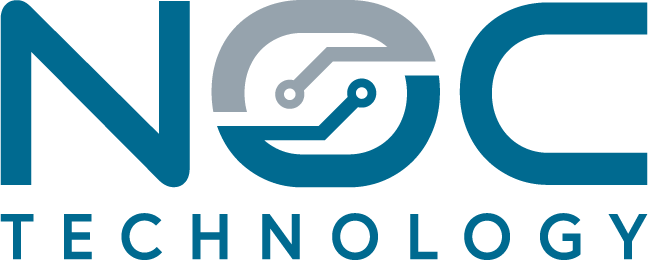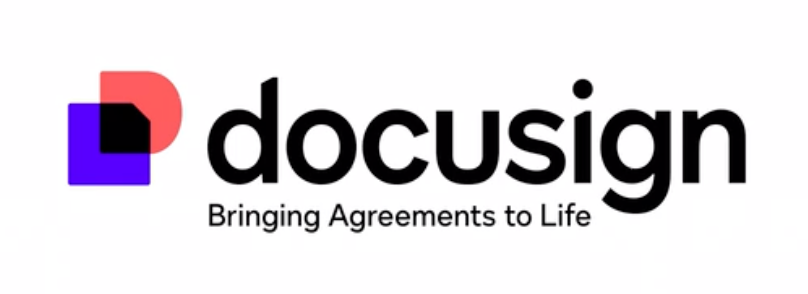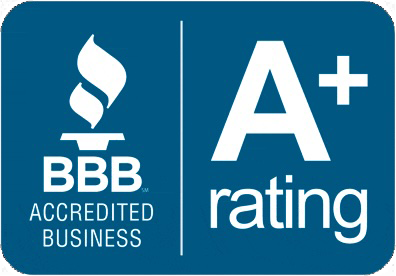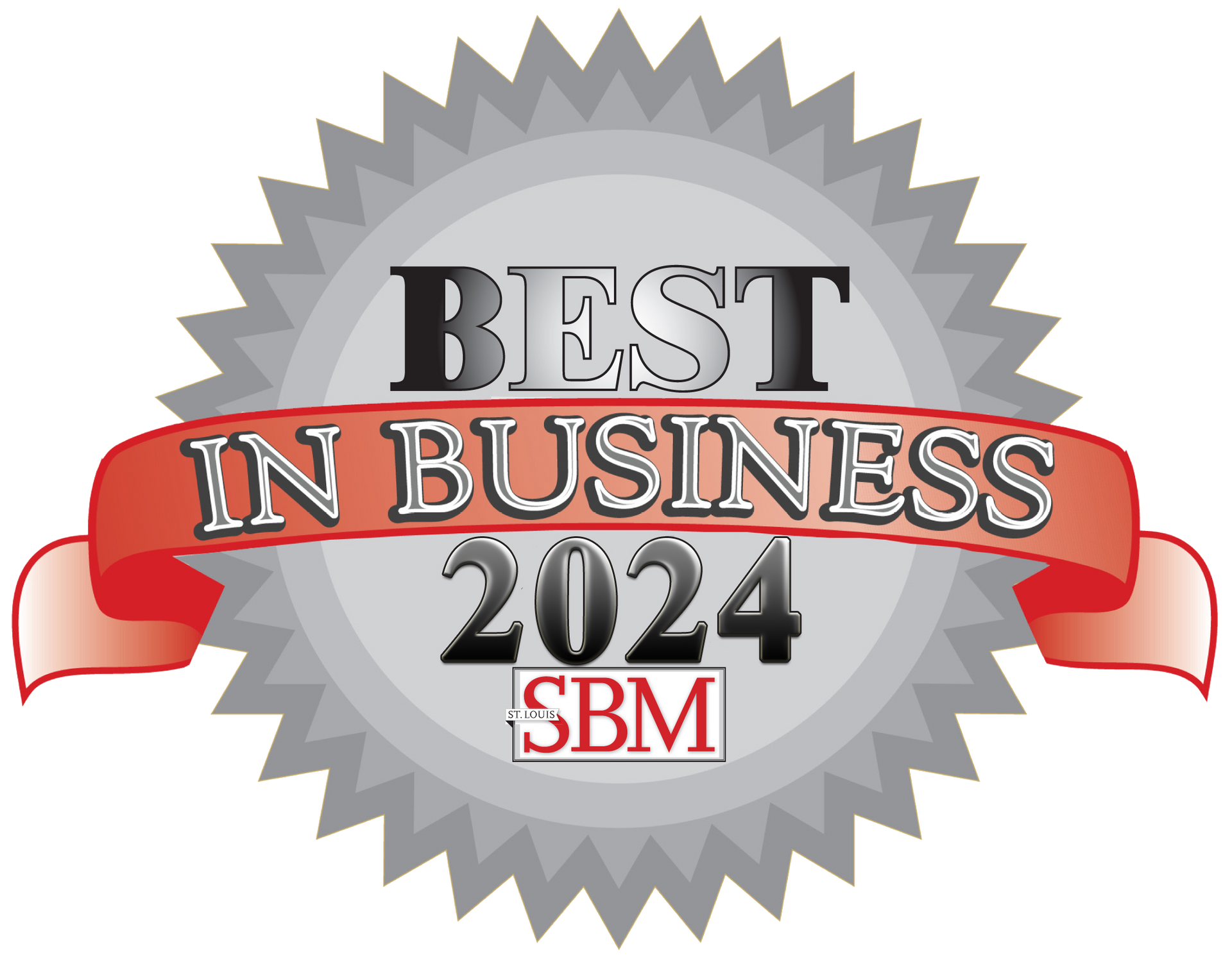NOC Technology Blog
See the latest from the blog.
Phishing Reports Learn More

Cybersecurity Learn More
Tech for Small Business Learn More
Choosing an IT Support Provider Learn More
Is your current MSP letting you down?
Transitioning your service to NOC is easy. We provide a dedicated onboarding team to manage every aspect of your service transition. We handle all communication, data collection, and hardware exchanges between your former MSP, vendors, and other involved parties to ensure a smooth transition.












